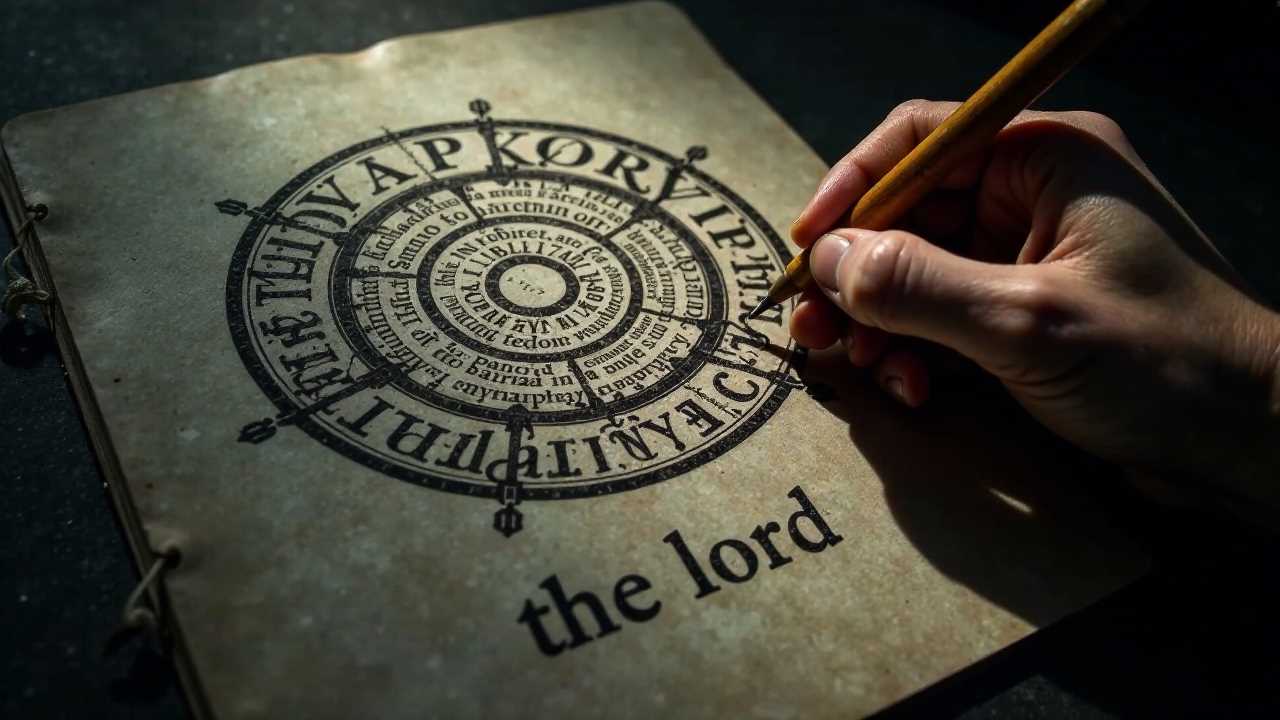
Understanding Symbolism in Creative Writing
Symbolism plays a pivotal role in creative writing, serving as a bridge between the literal and the abstract. It allows writers to convey deeper meanings and emotions through imagery, metaphor, allegory, theme, subtext, and motif. By mastering these elements, we can enrich our narratives, making them more engaging and thought-provoking for our readers.
The Power of Imagery
Imagery is the use of descriptive language that appeals to the senses, creating vivid pictures in the reader's mind. It is a fundamental aspect of symbolism, as it helps to evoke emotions and set the tone of a piece. For instance, consider the imagery of a storm. A dark, turbulent sky can symbolize conflict or turmoil, while a gentle rain might represent renewal or healing. By carefully selecting our imagery, we can craft scenes that resonate on multiple levels, allowing readers to experience the narrative more fully.
To effectively use imagery, we should focus on specific details that evoke strong sensory responses. Instead of merely stating that a character is sad, we might describe their tear-streaked face, the quiver in their voice, or the way their shoulders slump. This not only paints a clearer picture but also deepens the emotional impact of the scene.
Metaphor: A Tool for Deeper Understanding
Metaphors are powerful devices that allow us to draw comparisons between seemingly unrelated concepts. By equating one thing with another, we can illuminate complex ideas and emotions in a way that is both relatable and profound. For example, describing a character's struggle as a battle can convey the intensity of their internal conflict, making it easier for readers to empathize with their plight.
When crafting metaphors, we should aim for originality and clarity. A well-placed metaphor can resonate with readers, leaving a lasting impression. However, overused metaphors can dilute their impact, so it is essential to strike a balance between creativity and familiarity.
Allegory: Telling a Deeper Story
Allegory is a narrative technique in which characters and events symbolize broader concepts and moral lessons. This method allows writers to address complex themes and social issues in a more accessible manner. Classic examples of allegory include George Orwell's "Animal Farm," which critiques totalitarianism through the lens of a farmyard rebellion.
In our writing, we can employ allegory to explore themes such as freedom, identity, or justice. By embedding these ideas within our narratives, we invite readers to engage with the story on a deeper level, prompting them to reflect on the underlying messages.
Theme: The Heart of the Narrative
The theme is the central idea or message that runs throughout a piece of writing. It is the lens through which readers interpret the story and its characters. Themes can range from love and loss to the struggle for power or the quest for identity. By weaving a strong theme into our narratives, we create a cohesive experience that resonates with readers.
To effectively develop a theme, we should consider how our characters' journeys and conflicts reflect the central idea. For instance, if our theme revolves around redemption, we might create a character who grapples with their past mistakes and ultimately seeks forgiveness. This not only strengthens the narrative but also allows readers to connect with the characters on a more profound level.
Subtext: The Unspoken Meaning
Subtext refers to the underlying meaning or message that is not explicitly stated in the text. It is the hidden layer of a narrative that adds depth and complexity. By incorporating subtext, we can create a richer reading experience, encouraging readers to read between the lines and uncover the true essence of our stories.
To effectively utilize subtext, we should focus on character interactions, dialogue, and body language. For example, a seemingly innocuous conversation between two characters may carry deeper implications about their relationship or the societal norms they navigate. By crafting dialogue that hints at unspoken tensions or desires, we can create a more dynamic and engaging narrative.
Motif: The Recurring Element
A motif is a recurring element, theme, or idea that appears throughout a narrative. It serves to reinforce the central themes and can take the form of symbols, images, or phrases. By incorporating motifs, we create a sense of cohesion and continuity within our writing.
For instance, if we are exploring the theme of isolation, we might use motifs such as windows, mirrors, or shadows to symbolize the characters' emotional states. These recurring elements not only enhance the narrative but also provide readers with a deeper understanding of the characters' struggles.
Bringing It All Together
Mastering symbolism in creative writing involves a delicate balance of imagery, metaphor, allegory, theme, subtext, and motif. By weaving these elements together, we can create narratives that resonate with readers on multiple levels. Each component serves a unique purpose, contributing to the overall richness and depth of the story.
As we hone our skills in these areas, we should remain mindful of our audience and the emotions we wish to evoke. By crafting stories that are both engaging and thought-provoking, we can leave a lasting impact on our readers, inviting them to reflect on the deeper meanings embedded within our narratives.
In summary, the art of symbolism is a powerful tool for any writer. By mastering imagery, metaphor, allegory, theme, subtext, and motif, we can elevate our writing, creating works that not only entertain but also inspire and provoke thought.
 Writing TipsCreative WritingJournalingSketching TechniquesBuying GuidesPrivacy PolicyTerms And Conditions
Writing TipsCreative WritingJournalingSketching TechniquesBuying GuidesPrivacy PolicyTerms And Conditions
